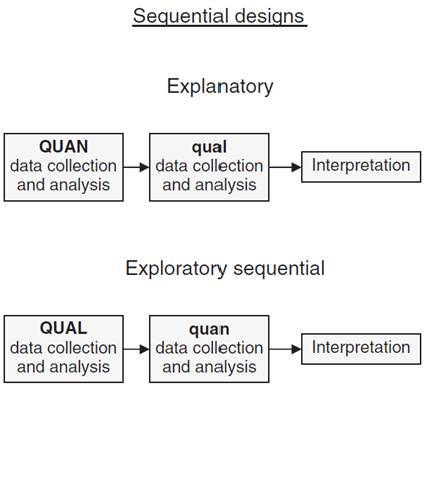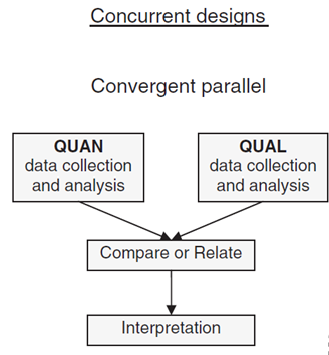Applied research design
1/22
There's no tags or description
Looks like no tags are added yet.
Name | Mastery | Learn | Test | Matching | Spaced |
|---|
No study sessions yet.
23 Terms
Crossover design
Where participants switch between intervention and the control condition

Buffering
Where a treatment condition just prevents participants from getting worse, but no difference shows up
Ways of reducing bias in research
Random allocation to conditions
Blinding
Blinding
Concealing information from individuals as to who is in what condition
Can be single, double etc
Intention to treat
Including data from all participants regardless of dropout, adherence or changes
Last point of data collection is carried forward to make up for dropouts
Per protocol analysis
Includes only data from those who completed to the trial and adhered properly
Sensitivity analysis
Test the robustness of the final model by re-running your analyses differently (eg without outliers or missing data, controlling for other variables)
Triangulation mixed methods
Using methods with complementary strengths and weaknesses to fully inform a conclusion
Complementary mixed methods
Seeking a more complete understanding using methods that complement each other to explore multiple aspects of something
Development mixed methods
Using one method to inform the development of research involving a second method
Initiation mixed methods
Uncovering a paradox or divergence using complementary methods
Expansion mixed methods
Using different methods to expand the focus of an investigation to different phenomena
Sequential mixed method designs
Where one method happens after the other

Concurrent mixed method designs
Where both methods occur at the same time

Pilot (feasibility) studies
A small scale test of methods and procedures before larger scale studies
Service evaluations
Involving stakeholders to understand processes involved in a service and how they can be improved
Yardley et al. (2015) - person based approach
A systematic approach to incorporate views of user experience into interventions
Steps in a person-based approach
Developmental qualitative research at every stage of development
Identification of guiding principles to make sure the interventions addresses context-specific issues identified
PPIE
Patient and Public Involvement and EngagementW
What does PPIE do?
Involves the public in shaping research, where research carried out with/by members of the public rather than to/for them
Yardley et al. (2023) - ACE framework
Agile Coproduction Evaluation
What does the ACE frameowrk do?
Guides the production of intervention in times of dire need, uses quick research, co-production and evaluation
Advantage of the ACE framework
Helps to create effective intervention times of crisis by incorporating the groups at highest risk